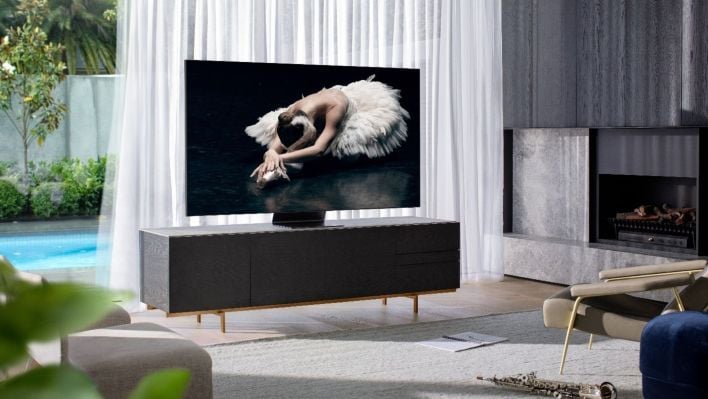- cross-posted to:
- technology@lemmy.world
- cross-posted to:
- technology@lemmy.world
A new study published in Nature by University of Cambridge researchers just dropped a pixelated bomb on the entire Ultra-HD market, but as anyone with myopia can tell you, if you take your glasses off, even SD still looks pretty good :)



The actual paper presents the findings differently. To quote:
They go on to use the iPhone 15 (461ppi) as an example, saying that at 35cm (1.15 feet) it has an effective “pixels per degree” of 65, compared to “individual values as high as 120 ppd” in their human perception measurements. You’d need the equivalent of an iPhone 15 at 850ppi to hit that, which would be a tiny bit over 2160p/UHD.
Honestly, that seems reasonable to me. It matches my intuition and experience that for smartphones, 8K would be overkill, and 4K is a marginal but noticeable upgrade from 1440p.
Three paragraphs in and they’ve moved the goalposts from HD (1080p) to 1440p. :/ Anyway, I agree that 2.5 meters is generally too far from a 44" 4K TV. At that distance you should think about stepping up a size or two. Especially if you’re a gamer. You don’t want to deal with tiny UI text.
It’s also worth noting that for film, contrast is typically not that high, so the difference between resolutions will be less noticeable — if you are comparing videos with similar bitrates. If we’re talking about Netflix or YouTube or whatever, they compress the hell out of their streams, so you will definitely notice the difference if only by virtue of the different bitrates. You’d be much harder-pressed to spot the difference between a 1080p Bluray and a 4K Bluray, because 1080p Blurays already use a sufficiently high bitrate.
A link to the study, because I don’t think I see one in this very clickbait-feeling source.